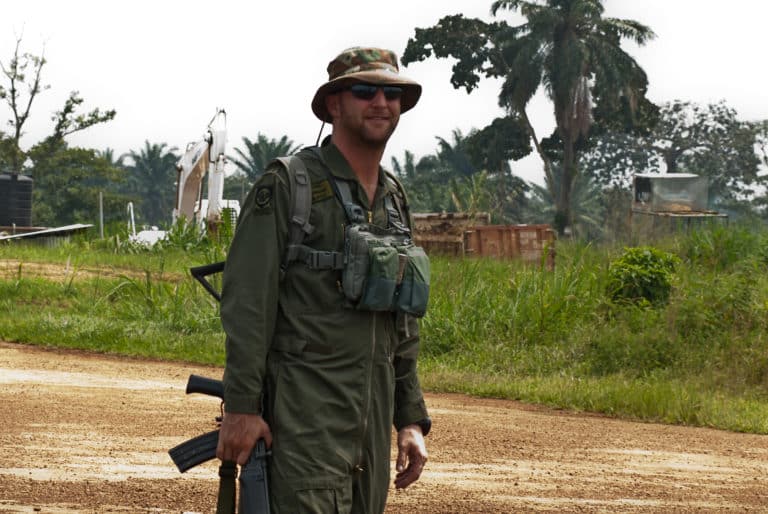
South African Oryx Pilot Nominated for Top UN Peacekeeping Medal
The phrases “remarkable courage” and “extraordinary threat” written by no less a person than the UN Secretary-General do not affect the man they were written for. Just the opposite, he was doing his job and that it meant coming under enemy fire was part of the package… writes Kim Helfrich. That in a nutshell sums […]

The phrases “remarkable courage” and “extraordinary threat” written by no less a person than the UN Secretary-General do not affect the man they were written for. Just the opposite, he was doing his job and that it meant coming under enemy fire was part of the package… writes Kim Helfrich.

That in a nutshell sums up the approach and attitude of SA Air Force (SAAF) helicopter pilot Lieutenant Colonel Stefan King, second in command of 19 Squadron based at AFB Hoedspruit in Limpopo.
He was nominated for the Captain Mbaye Diagne Medal for Exceptional Courage, the UN’s highest peacekeeping award. This year the medal was presented posthumously to Malawian peacekeeper private Chancy Chitete, who saved a wounded colleague’s life at the expense of his own during a firefight against militia in the Democratic Republic of Congo (DRC).
King has been flying military helicopters since 2003 and is current on both the Agusta A109 light utility helicopter and the Oryx medium transport, in service with the SAAF combined helicopter unit (CHU) in the DRC as part of the UN mission’s Force Intervention Brigade (FIB).
He was commander of Oryx (tail number 1227) which had flown a routine ferry mission and landed at Goma (DRC) just as dusk was settling on the night of November 14 last year. Before shutdown was complete he was contacted via the external communications plug-in with Brigadier General Njabulo Dube, the South African FIB commander.
“It was explained some of our forces involved in a major UN operation had come under heavy fire in a multi-pronged attack. Would I please go and assist in whatever way I could?”
An affirmative saw King and his flight crew – co-pilot lieutenant Ernest Hlongwane and flight engineer Warrant Officer Fanie Jiyane – take off with a British Army major as an observer also aboard.
“We were there because there were no attack helicopters that could be deployed in support and our job was to put up a show of force of some sort,” King explained.
This saw the flight crew don NVGs (night vision goggles) and head towards a point where, as he put it, “the action seemed thick”.
The Oryx does not have any armament fitted but carries well over a hundred flares for self-protection. This time around the flares were put into an offensive role and set off to distract militia attacking Guatemalans cut off from own forces while collecting water. This only came to light when the helicopter landed after the emergency sortie.
“We did numerous runs and each time set off flares to deter enemy fire. Each run saw the helicopter come under fire and at least two RPGs (rocket-propelled grenades) passed close enough to make our NVGs useless for a while. After just over an hour of orbiting and flare runs our fuel situation reached the stage where we had to abort.”
King was afterward told by some Guatemalans had the Oryx and its flares not arrived, they would have been “goners”.
“I don’t know whether it was the British observer or the Guatemalans who nominated me for the award,” he told defenceWeb, adding he and his crew did what they were trained and deployed for.
This article by Kim Helfrich if republished on SAPeople.com with the kind permission of DefenceWeb.co.za. The article first appeared here.
